Snapchat made augmented reality selfie effects famous, with Facebook copying the feature across its mobile apps. Of course, others have followed, but their face tracking apps often pale in comparison to the original.
Now, Google is giving Android developers the keys to adding face filters to their apps as well. On Friday, Google detailed the AR features coming to Android via ARCore 1.7. The release brings a number of new features to the AR toolkit, but chief among them is the new Augmented Faces API.


The API gives developers a 3D mesh for the front-facing camera that tracks 468 points on the user's face. While that's a far cry from the 30,000 points tracked by the TrueDepth camera on Apple's iPhone X series, it should be sufficient for the realism of virtual masks, glasses, hats, and whatnot.
- Don't Miss: Google Joins Snapchat & Facebook by Adding Augmented Reality Video Effects to Duo App for Valentine's Day
That's not all, though. ARCore 1.7 expands upon its existing selection of animations. The latest version gives 3D models the ability to jump, dance, spin, and move around via extensions in Sceneform, Android's framework for 3D content.
The new version also standardizes the user interface for augmented reality experiences with ARCore Elements. To start with, ARCore Elements consists of common assets for plane finding and object manipulation, but Google plans to add more elements over time. Google has also published an app to showcase the new feature.

In another user experience improvement, ARCore 1.7 also adds Shared Camera access, making it easier for users to switch between standard and AR modes within an app. For instance, Shared Camera can enable users to easily capture pictures of their AR experience.
"For AR experiences to capture users' imaginations they need to be both immersive and easily accessible. With tools for adding AR selfies, animation, and UI enhancements, ARCore version 1.7 can help with both these objectives," said Google software engineer Evan Hardesty Parker in a blog post.

Nearly a year ago, Google released version 1.0 of ARCore, roughly six months after introducing the preview of the toolkit. Since then, the company has swiftly improved upon the initial version, even surpassing the features of Apple's ARKit at one point. The company has also expanded the universe of supported devices from an initial handful to more than 130 smartphones and tablets (although some of those are iOS devices that only support Google's Cloud Anchors multiplayer protocol).
Since ARCore updates are delivered via app updates rather than new OS versions, Google can easily continue to issue regular updates to ARCore. We can expect to see at least one more iterative update before Google introduces a major update at Google I/O in May.
Just updated your iPhone? You'll find new features for Podcasts, News, Books, and TV, as well as important security improvements and fresh wallpapers. Find out what's new and changed on your iPhone with the iOS 17.5 update.
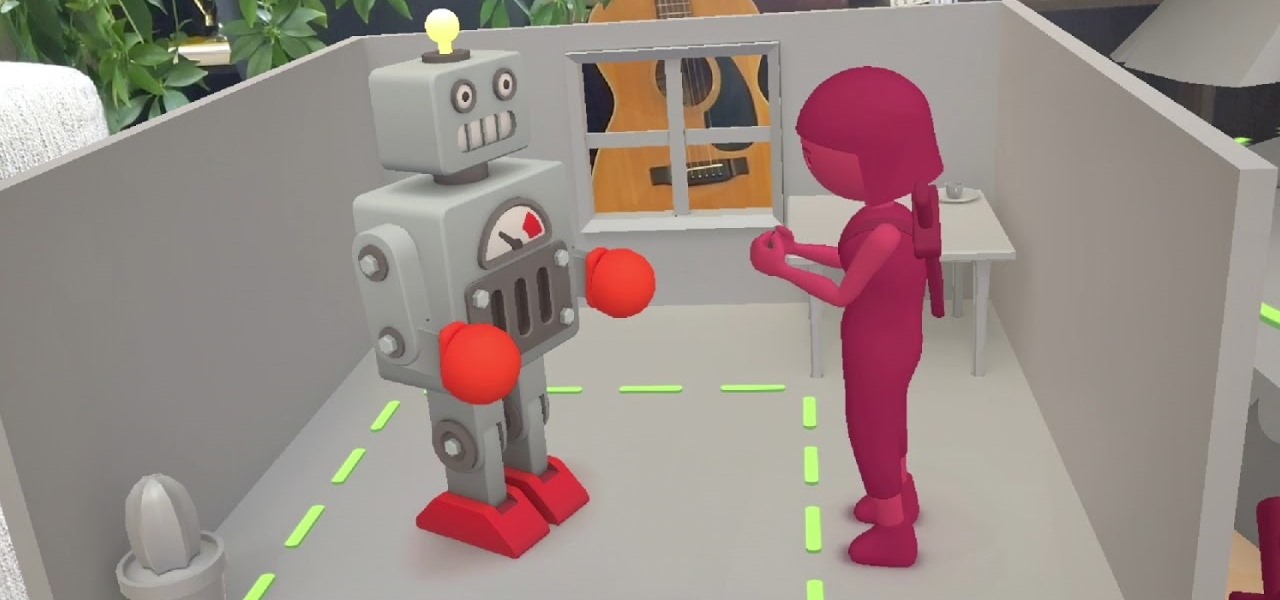

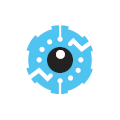
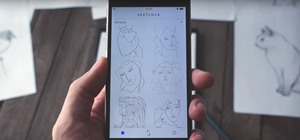



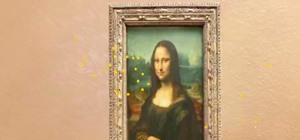
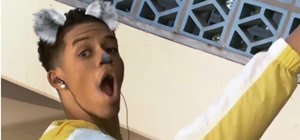

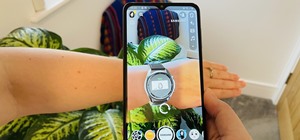



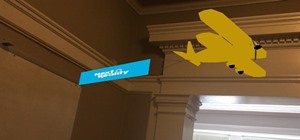



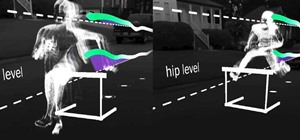


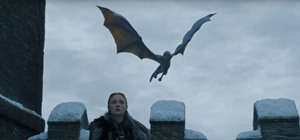



Be the First to Comment
Share Your Thoughts